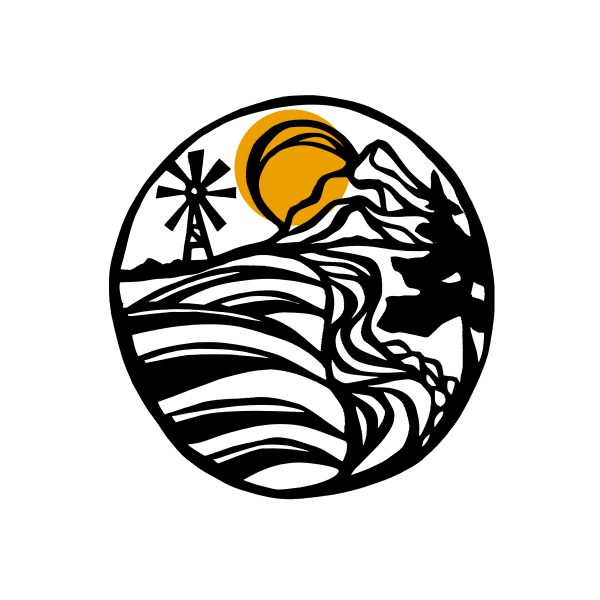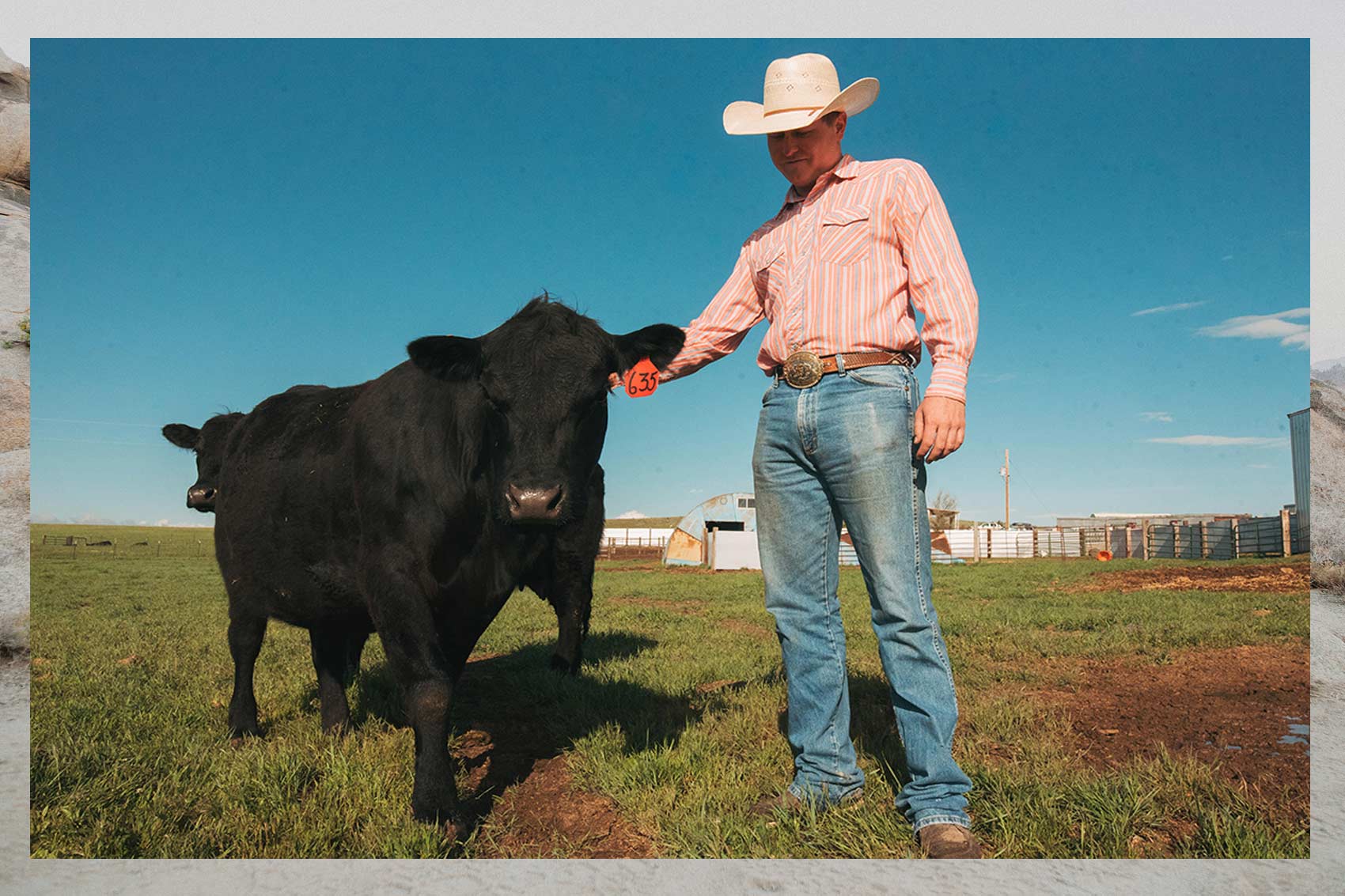At the end of 2018, Congress passed the $867 billion Farm Bill. This enormous piece of legislation is passed about every four to five years and sets the stage for food and farm policy. But what exactly does agricultural policy have to do with outdoor culture? A lot.
On a basic level, we have a tendency to associate farms with food and public land with outdoor recreation. The new farm bill is a reminder of how interconnected everything is that revolves around land, and highlights the interplay between agriculture and the recreation economy. Let’s dive into what the new Farm Bill means for the outdoor industry.
Support for conservation efforts
According to the Outdoor Industry Association, there are more conservation dollars in this Farm Bill, which is administered by the United States Department of Agriculture (USDA) than in the entire budget of the Interior Department. This money will be used in a variety of ways, providing ongoing support for programs that support voluntary conservation efforts on private land.
There is continued support for the USDA’s Conservation Stewardship Program (CSP), which had been on the potential cutting block. The CSP pays farmers and landowners to focus on conservation and rehabilitation efforts. Along with the CSP, there are several other programs which ensure continued support for conservation efforts on farmland, including the Agriculture Conservation Easement Program and the Environmental Quality Incentive Program, which supports incentives for wildlife habitat improvement on farmlands. Forests will also benefit, thanks to a doubling in funding for forest restoration, as well as provisions focused on reducing the risk of wildfire.
The Farm Bill also provides other conservation wins, like the designation of 20,000 acres in the Cherokee National Forest as Wilderness. “The Tennessee Wilderness Bill was tucked inside the Farm Bill, protecting 20,000 acres in the Cherokee National Forest as Wilderness and creating the Upper Bald River Wilderness Area – Tennessee’s first new wilderness in 30 years,” says Kristen Blackburn of the Conservation Alliance. “The Act protects premier hiking spots like 4.5 miles of the Appalachian Trail, and world-class fishing and whitewater runs. This newly protected landscape is vital habitat for the eastern hellbender, North America’s largest salamander.”
Investment in outdoor recreation and rural economies
When it comes to the outdoors and recreation, we have a tendency to relegate our focus exclusively to public lands. After all, these are the lands that are available to all of us, and as our playground, they are an essential part of the recreation economy. But private lands also play an important role in keeping that economy alive.
“There is so much opportunity to build alliances and partnerships with our friends in the agriculture community in order to both improve conservation efforts and gain access to public lands for recreation purposes,” says Patricia Rojas-Ungar, OIA’s Vice President of Government Affairs. “… over two-thirds of America’s land is now privately owned and public access is declining. Programs like the voluntary access program which is funded in the Farm bill at $10 million provides grants to private landowners who allow public access to recreation assets, such as hiking, hunting and fishing.”
There are also particular benefits for rural economies, places that are essential to our enjoyment of the outdoors. They’re often the last spot that we stop before heading out into the wilderness, and investing in them means making those communities better able to attract tourists and build sustainable economies and livelihoods.

Regenerative fashion?
One of the most-talked about features of the 2018 Farm Bill is the legalization of hemp. Removed from the Controlled Substances Act, industrial hemp can now be legally grown for both food and fiber.
The production of industrial hemp isn’t entirely new. Since the 2014 Farm Bill, a selection of farmers were allowed to cultivate hemp as part of a pilot program. Now that hemp cultivation has been opened up on a much larger scale, there’s a big opportunity for outdoor brands who are looking for more sustainable textiles.
“Hemp is an incredible natural fiber that’s cultivated with low impact on the environment. It requires no irrigation, uses no pesticides, synthetic fertilizers or GMO seeds. It’s one of the most durable natural fibers on the planet and results in a fabric with a wonderful hand,” says Rob Jungmann, founder and owner of the hemp apparel brand Jungmaven. “Cultivation of hemp improves soil health, and farmers can plant food crops in the same field immediately after a hemp harvest. In this way, farmers can grow cash crops and food crops on the same land.
As consumers start to bring a bigger awareness to where their food and clothes come from, the legalization of hemp opens the door to an additional US-grown fiber, and its potential is huge. “Hemp can be grown in a shorter period and in wider geographical climates so it will expand our domestic fiber options,” says Eric Henry of TS Designs, who is actively involved in advocating for North Carolina’s industrial hemp industry.
“The reason I started working with hemp in 1993 is to get hemp grown in America again; I’m happy it’s finally happening,” says Jungmaven. “Can you imagine if it was illegal to grow cotton in the USA and we had to import all cotton products and pay a tariff that protects no domestic production of cotton?”
Thanks to the original pilot program through the 2014 Farm Bill, the US-hemp market already has some traction, reviving what was once a flourishing domestic hemp textile industry. While US-ground industrial hemp is not ready for large-market release yet, hemp apparel brand Recreator has already begun sourcing US-grown hemp for product research and development. The brand recently “completed the first commercial-scale hemp blended yarn production in the United States sourcing domestic hemp fiber,” says Matt McClain, founder of Recreator. “So far, we’ve worked with hemp farmers from Colorado and Minnesota in sourcing these fibers. As the market grows, we see regional manufacturing as the key turning point to keeping the carbon footprint low and producing premium hemp textiles. Federal legalization of hemp farming sure helps to expedite the maturation of the market.”
Besides offering brands the potential of a US-grown fiber, the legalization of hemp also supports a continued move towards more regenerative agriculture, an essential for combating climate change. “We see a big opportunity in regenerative organic agriculture as a means of mitigating climate change. Allowing crops like hemp that can be used as a rotational crop, can improve soil health and can use less water and inputs to grow is an important step in the right direction,” says Sarah Hayes, director of material development at Patagonia.
This might just encourage us all to recognize and foster a stronger link to the land where our food and fiber comes from, reminding us yet again of how dependent we are on the land to feed and clothe us, as well as provide opportunities for recreation. Forward thinking is to realize all of these connections, and to continue to advocate for them.
“Clothing is an agricultural product, just like the food we eat, and the second largest growing organic market after food is fiber,” says McClain. “Some people think that synthetics will be the fiber of the future, but we’re seeing the horrible impact that polyester (plastic) microfibers from clothing are making on our oceans. The clothes we wear need to have a circular economy in place.”
Read more about Fibersheds and regenerative sourcing in outdoor goods in the RANGE Mag Issue Nine story “Food to Fiber.” Artwork by Anna Brones. Photo courtesy of Joseph Haeberle.
XX Anna Brones
